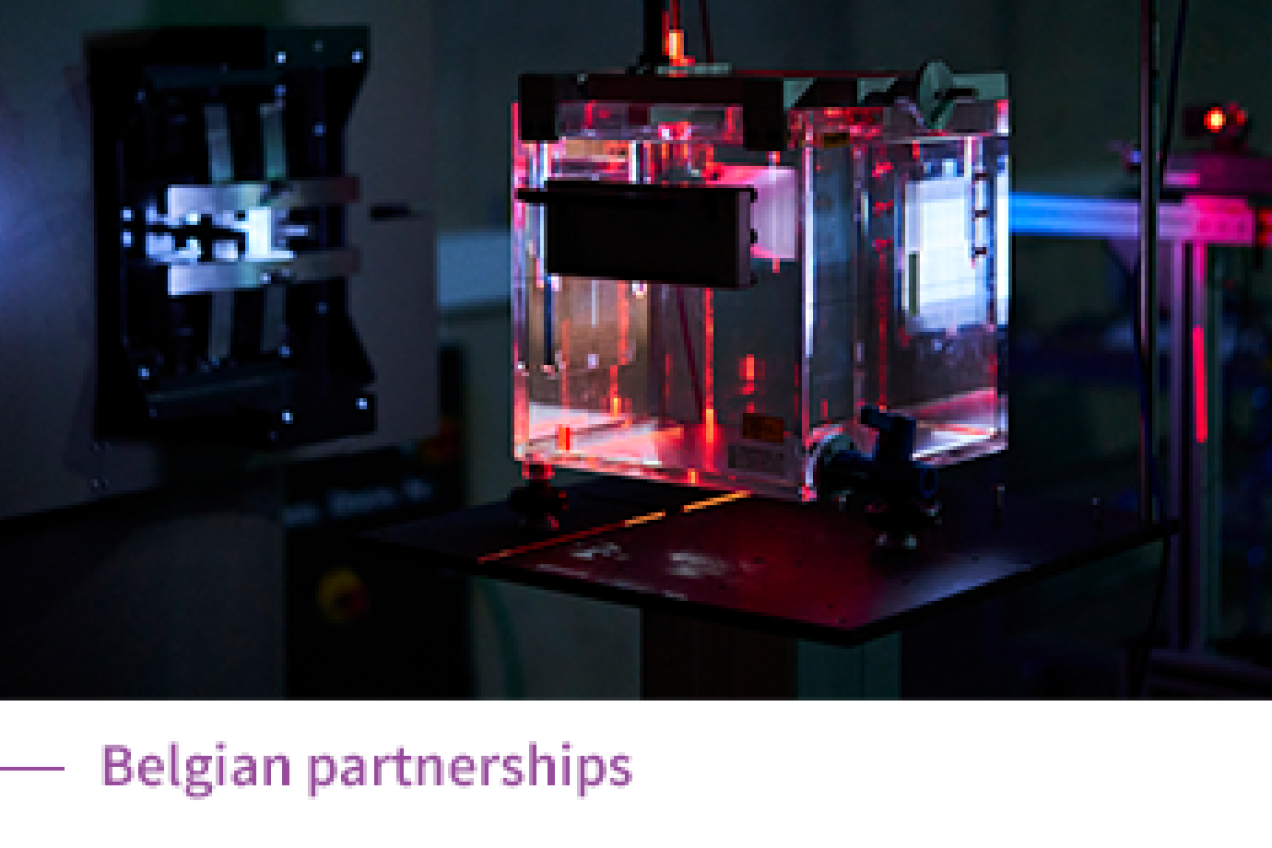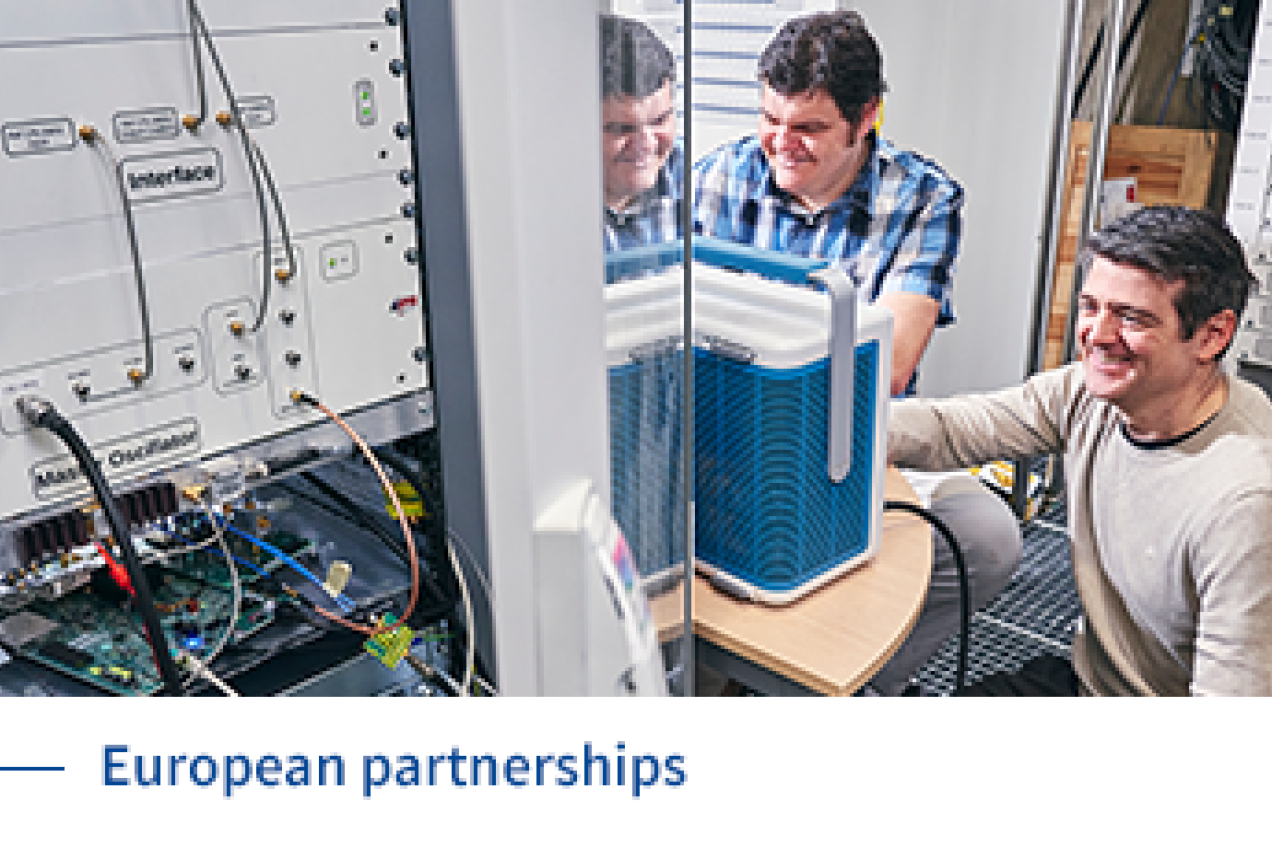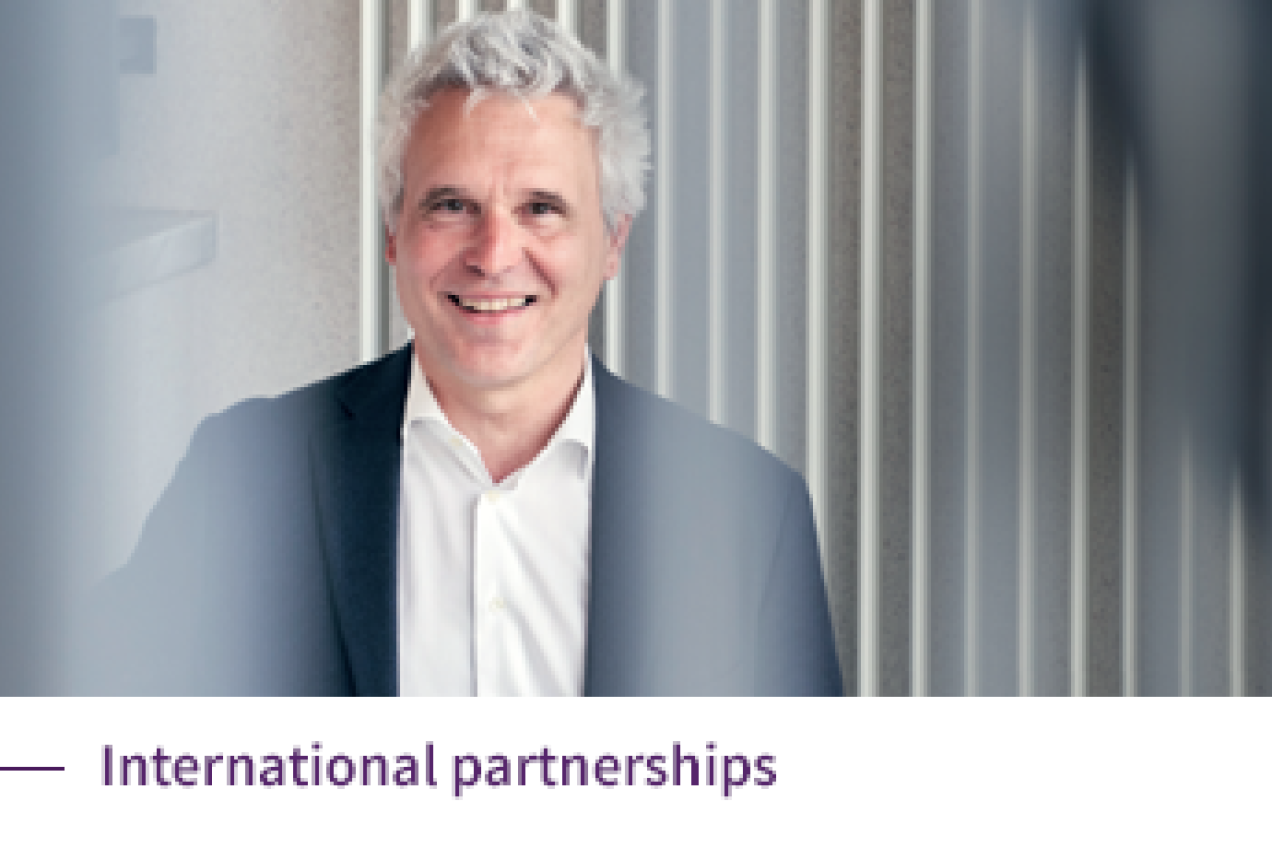ITER moving in a straight line towards startup
SCK CEN qualifies materials for nuclear fusion test reactor
Soon, nuclear fusion will shake off its image as an eternal promise once and for all. Indeed, the ITER nuclear fusion reactor under construction in France is navigating in a straight line towards its target, which is expected to start up in 2026. More than 4,800 European scientists, including SCK CEN, dedicate themselves daily to achieving this goal. The pace of research is increasing thanks to a €583 million research budget allocated by the European Commission in 2021.
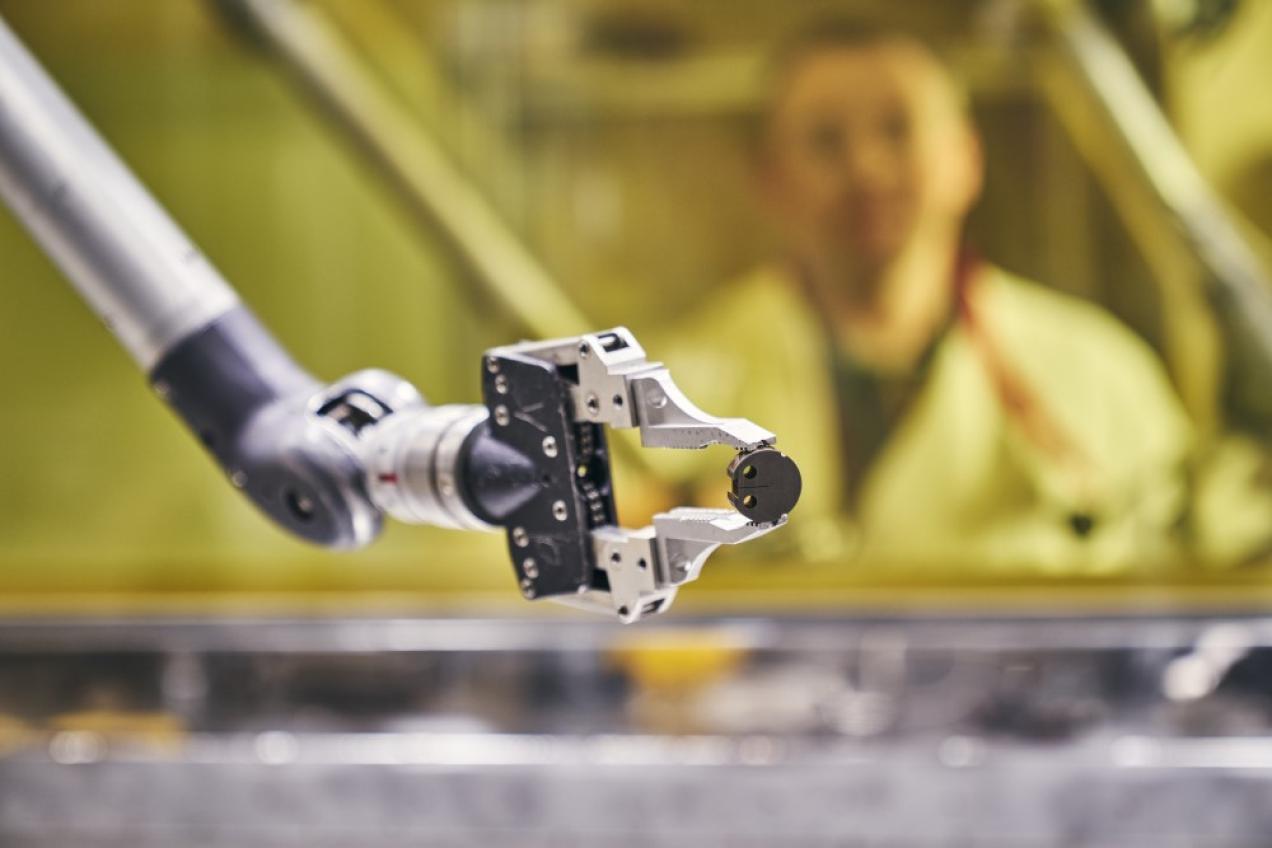
’The latest cancer therapy is radioactive’, ‘Belgium starts research into small-scale nuclear power plants’, etc. Anyone reading the newspapers these days knows that the nuclear sector is coming up more and more often. Nuclear applications are proving useful in a growing number of fields. In order to encourage nuclear innovation, the European Commission is launching funding through the ‘EURATOM Research and Training Programme’. It is releasing 1.38 billion euros for a period of five to seven years. 583 million euros will flow directly into research and development in nuclear fusion. This technology is expected to reshape the energy landscape.
In nuclear fusion, atoms are not split, but in fact joined. Specifically, two hydrogen isotopes fuse into one helium nucleus. This releases a mass of energy, but – unlike its classical sibling – it produces less nuclear waste. This process takes place at high temperatures, which brings challenges. The nuclear fusion reactor ITER, in Cadarache, France, is made to demonstrate the technical and scientific feasibility of controlled fusion reaction at large scale. With the European research budget, scientists will clear up the outstanding question marks. How do we confine the plasma? How do we remove the heat and ash at a fusion reactor so as not to contaminate the plasma? How do we cultivate tritium, the fusion fuel, in a sustainable way?
EUROfusion, a pan-European partnership, is leading that fusion investigation. “In total, there are 4,800 of us scientists working toward that goal,” says Dmitry Terentyev, a nuclear fusion expert at SCK CEN. Those scientists come from Europe or associated countries such as Ukraine, the United Kingdom and Switzerland. The nuclear research centre SCK CEN is using its globally unique BR2 research reactor to qualify structural materials for nuclear fusion reactors. After all, the materials must be able to withstand the extreme conditions in a nuclear fusion reactor.
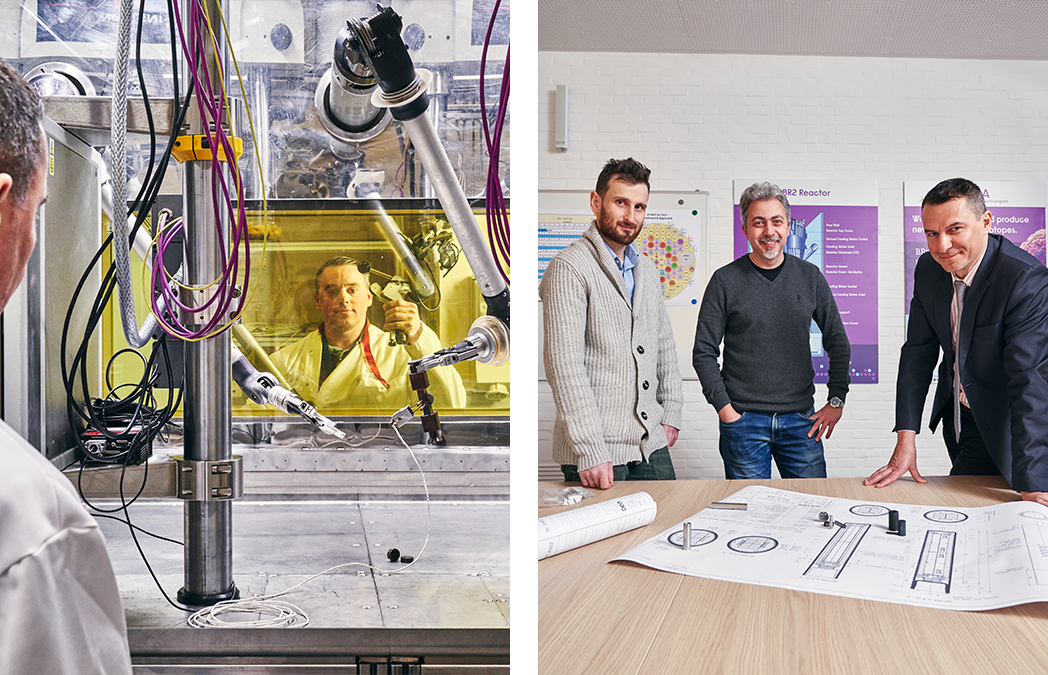
Material tests
In the past, SCK CEN was involved in testing materials for the ‘first wall’, which are directly exposed to the plasma, among other things. Now, SCK CEN will be focusing on the materials for the ‘tritium blanket modules’, the components used to breed tritium supplying the fuel for fusion reaction.
The planning for the experiments has already been completed. BR2 will irradiate experiments on a full-time basis from 2022 to 2025 – and, by extension, 2026 and 2027. Each experiment will typically last for one year. Dmitry Terentyev clarifies: “With this irradiation campaign, we are mimicking the operation of the components until the end of life of the ITER. After the irradiation, we will identify the thermal, mechanical and micro-mechanical properties of the materials to evaluate ageing effects.”
For this assignment, SCK CEN will engage a series of facilities: irradiation installations, an electron microscope for identifying material aging processes with high precision, and mechanical testing in hot cells.
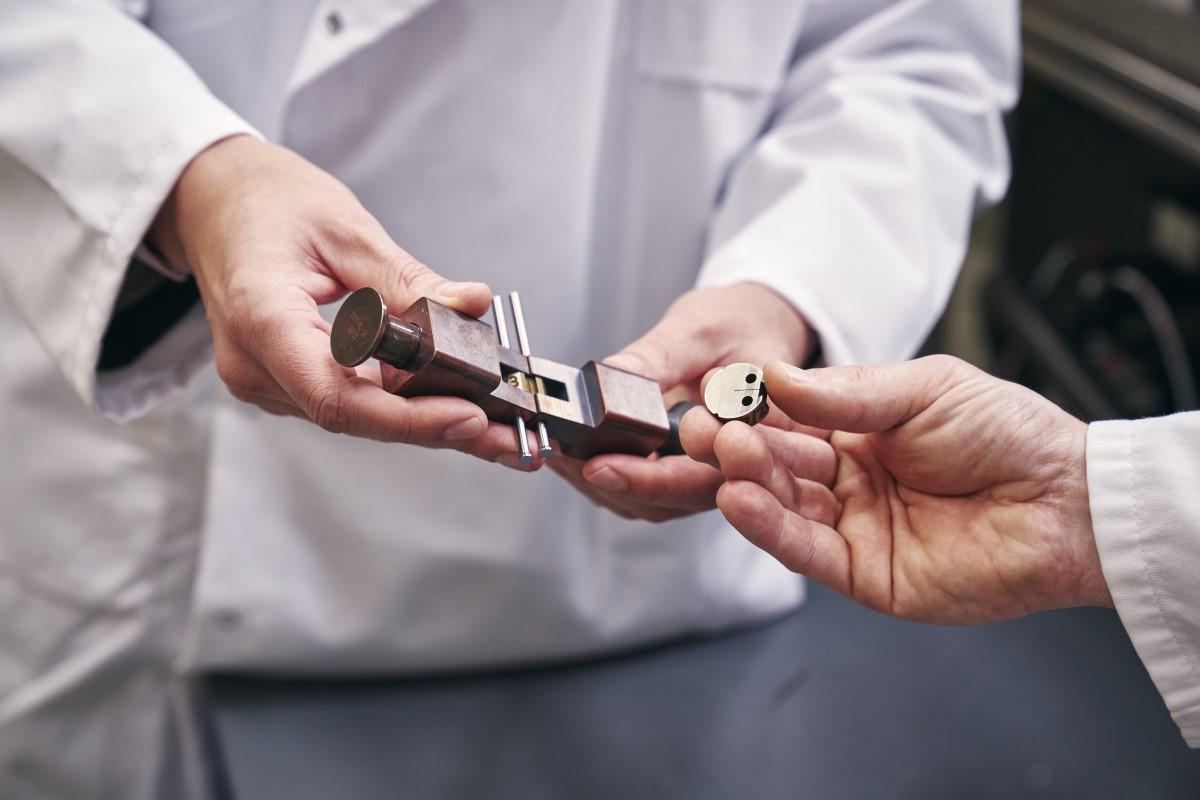
Belgian steel
The results that will emerge from these experiments should lead to the perfect steel recipe. “What type of material do we need? What is that material composed of? With what ingredients? What chemical proportions are needed? We are working with OCAS NV to find that recipe,” says Dmitry Terentyev. The Belgian research centre OCAS NV is a joint venture between ArcelorMittal and the Flemish Region. OCAS NV is one of a few handful providers in Europe who can supply research quantities of steel. “We irradiate that steel in our BR2 research reactor, test it and have the composition adjusted if necessary. We will repeat this until we find the recipe.”
“The goal is to qualify the baseline material,” explains Dmitry Terentyev. In doing so, the researchers are already overcoming a barrier. ITER, of course, will not consist only of base materials. The base materials are welded together or assembled. “In the second phase, in the period from 2024 to 2027, we will analyse how those compounds respond to the extreme fusion conditions. Then we will be ready to put ITER into operation,” concludes the fusion expert.
Closer to fusion conditions
At the same time, the nuclear research centre SCK CEN is building its innovative research infrastructure MYRRHA. MYRRHA will test materials for fission and even fusion reactors. Thanks to its fast neutrons, MYRRHA achieves irradiation conditions closer to those of a fusion reactor, compared to current research reactors. However, with MINERVA, nuclear fusion research could begin as early as 2027. “The construction of MYRRHA is taking place in several phases. In phase 1, we are building MINERVA, the particle accelerator with energy of up to 100 megaelectron volts (MeV). Linked to this is the construction of the “Full Power Facility” installation. This installation uses the proton beam of 100 MeV and 4 milliamps to irradiate and study fusion materials,” explains Dmitry Terentyev.
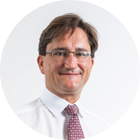 |
MYRRHA attracts scientists from all over the world SCK CEN’s next large research infrastructure, the multi-purpose MYRRHA facility, has already attracted many international scientists in partitioning and transmutation. MYRRHA is also known for its extensive application catalogue covering accelerator technology, fundamental research for (medical) radioisotopes, and fusion related research. The international community participates through an increasing number of scientific collaborations and workshops contributing to design considerations and components for MYRRHA phase 1. Adrian Fabich |

